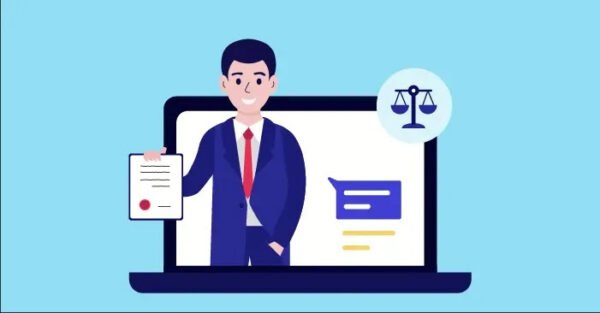No products in the cart.
- Home
- All Passive Income Methods
- Want to See How Much Other People Earned?
- Beginner’s Guide to Passive Income
- My Journey on Passive Income that 99% Population Don’t Hear About
- Litigation Financing – 30% ROI Anyone?
- IPO Under 90 Days!
- IPO Hopeful
- Unicorn Potential?
- An Enjoyable Hobby That Appreciates Too?
- Microlending in Africa
- How You Profit from Beyoncé and Bieber?
- Private Lending
- Tax Lien & Tax Deed in US
- You Can Still Get Bitcoin for $50K???
- A New Strategy with 40%–90% ROI in Year 1
- About Us
- Contact Us
30% ROI Anyone? (4) – How Are Cases Selected?
Continuing from the last post, I personally think the most crucial aspect is how they select cases, and this involves two parts: the patent owner (plaintiff) and the case itself.
First, I was curious about their claim of being the only fund that can directly reach individual patent owners. Their analogy was very interesting. They asked me to imagine being a big fund manager. Would I want to spend my days talking to countless patent owners from around the world, whom I don’t know and who claim their patents have been infringed? They explained that the core members of their fund are patent lawyers who have moved past the stage of working for $1000 an hour at a law firm. Now, they spend their days on the phone with various patent owners, talking to about 1500 a year. Out of these, only around 35 cases, or about 2%, actually meet their criteria. Big funds wouldn’t waste their time on this – they focus on cases with compensation claims of $200M+, while cases in the $10-100M range aren’t worth their time.

So, it’s not that they have some secret weapon, but rather that others aren’t motivated to do this. Instead of saying they are the only fund that can directly reach patent owners, it’s more accurate to say they are probably the only fund willing to talk directly with patent owners because they target the mid-market!
With a 2% success rate, they need to ensure they have 1500+ leads each year. I asked how they generate these leads. They said they typically come from a few sources. First, they use social media and advertising directly aimed at patent owners, and since there is virtually no competition in the mid-market, any patent owner who sees their ads will contact them. Second, they have a network of law firms in North America, Israel, and Europe that they’ve previously collaborated with, who refer cases to them that are too small for the referring firms to handle.
I then asked a follow-up question: why do patent owners from Israel and Europe file these lawsuits in the U.S.? They explained that compensation amounts in Israel and Europe are much smaller. If a patent owner is infringed upon by an international company with operations in the U.S., they can maximize their benefits by filing the lawsuit in the U.S.
Interesting. So, how do they select these cases?

They said the most important thing about the patent owner is whether they are rational. In about 10 minutes of conversation, they can usually tell if the claimed infringement has a solid legal ground, which filters out around 80% of inquiries. The remaining 20% are those that, at first glance, meet the necessary elements for a case, such as validity and infringement. These potential leads then move to the next step for “underwriting” This involves a technical analysis to verify the validity of the patent and a legal analysis to check for patent details, loopholes, IPR, etc. However, during this process, assessing the patent owner’s “sanity check” is crucial 😂. Patent owners are often quite persistent, and many prefer to see the case through to the end rather than settle. Since they don’t have the money to do this, the fund will generally gauge the patent owner’s personality and willingness to accept a reasonable settlement within the acceptable range. This step filters out many more cases/patent owners since the goal isn’t to battle it out in court but to achieve a good return on investment 😂
Once the patent owner passes this stage, there is another important filter for the case itself. Besides meeting the basic criteria of validity and infringement, each case must also satisfy two conditions:
1. Each case must involve multiple defendant companies, such as Meta, Amazon, Microsoft, Alphabet, etc., being sued together. This is a core principal due to their special model, which will be explained later.
2. Each defendant company must have substantial executable assets to pay the awarded damages.
After screening, what is the general timeline for each case from start to end, and what happens at each stage? We’ll discuss this next time.
